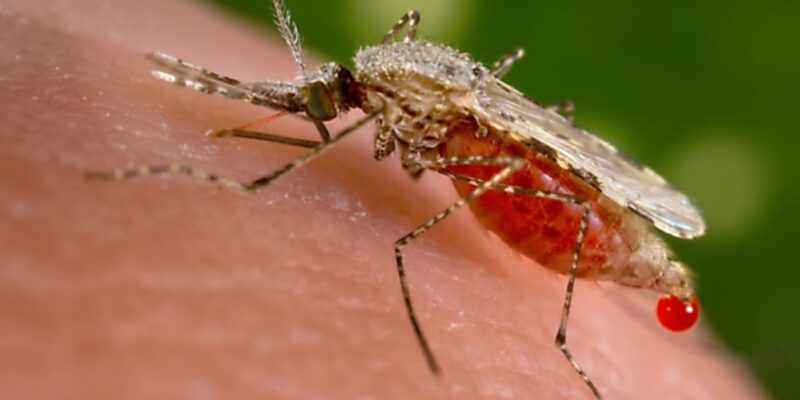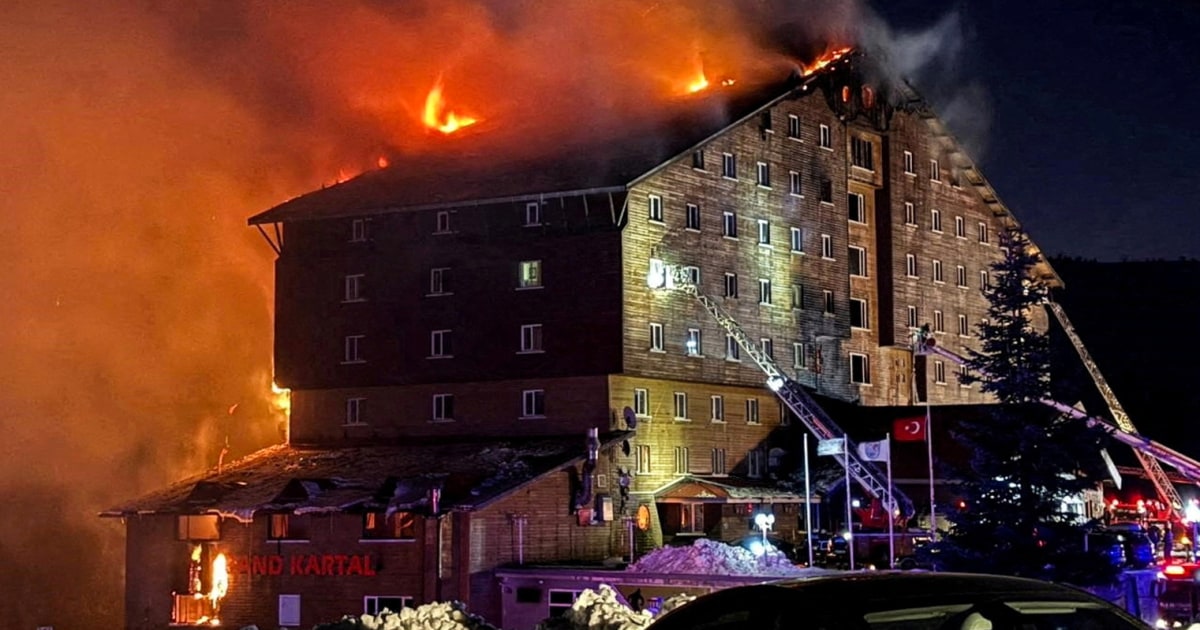
Health officials are narrowing in on the cause of dozens of unexplained deaths in the Democratic Republic of Congo. The Africa Centers for Disease Control and Prevention said Thursday that a severe form of malaria is likely responsible, based on lab tests so far.
The illness was considered a mystery for weeks. It has killed at least 37 people and sickened 592, according to the Africa CDC. Local authorities previously told Reuters that the death toll exceeded 140.
Health officials in Africa have been referring to the illness as “Disease X” while awaiting test results.
The Africa CDC said Thursday that lab tests of samples taken from 51 people suggest that a malaria outbreak may be behind the cases. Concurrent health issues among the population, such malnutrition and known viral infections, could exacerbate the illnesses. (Malaria is caused by a parasite that’s spread by mosquitoes.)
“The diagnosis is leaning more toward malaria,” Dr. Ngashi Ngongo, principal adviser to the director-general of the Africa CDC, said at a news briefing.
Congo’s health ministry told Reuters earlier this week that malaria was the culprit: “The mystery has finally been solved. It’s a case of severe malaria in the form of a respiratory illness,” it said Tuesday in a statement, according to Reuters.
The ministry did not respond to multiple inquiries from NBC News.
The World Health Organization said testing is ongoing and that it has not confirmed a diagnosis yet. The organization suggested Dec. 8 that malaria could be causing or contributing to the cases. Two days later, WHO Director-General Tedros Adhanom Ghebreyesus said 10 out of 12 initial samples collected from sick people in the region had tested positive for malaria.
Ngongo said in the Thursday briefing that the Africa CDC still has not ruled out a secondary hypothesis that some kind of viral infection — combined with malaria and malnutrition — is largely responsible for the illnesses. Ngongo said that one person who died experienced symptoms of hemorrhagic fever, a life-threatening condition associated with viral infections.
The cases are in a rural part of Kwango province in southwestern Congo, which has limited access to laboratory testing and is difficult to reach by road, according to the WHO. The agency said it takes 48 hours to get to the province from the capital city, Kinshasa.
Malnutrition rates in the province are high, the WHO added, which can make people more vulnerable to serious illness.
Children, particularly those under 5, make up the majority of cases connected to the outbreak.
The most commonly reported symptoms have been fever, headaches, coughing, difficulty breathing and anemia, according to the Africa CDC, with particularly severe symptoms among children.
Malaria is the leading cause of death in Congo, resulting in more than 24,000 deaths each year. It also accounts for 19% of deaths among children under 5 in the country, according to the United States Agency for International Development.
Malaria is caused by a parasite that Anopheles mosquitoes carry; it can spread to humans through bites. Mosquito nets, insect repellant and antimalarial drugs can help limit transmission, and receiving a malaria vaccine prior to infection can reduce the odds of severe disease and death.
Dr. Jean Kaseya, head of the Africa CDC, said in a news briefing last week that the outbreak constituted a “major public health issue,” given how many cases had been reported in a short time.
In a briefing Dec. 5, Kaseya noted that limited surveillance and laboratory resources had caused a five- to six-week delay in national health authorities being notified of the illnesses after patients first started experiencing symptoms.
If malaria is the culprit, there may have been ways to rapidly detect it locally, said Amira Albert Roess, a professor of global health and epidemiology at George Mason University.
“Health care providers could have detected it by taking small blood samples and looking at them under the microscope,” Roess said. “All local clinics should have light microscopes and personnel who are trained to use them to detect malaria and other parasites.”
A local WHO team has been helping health authorities in Kwango province identify cases since the end of November. The U.S. CDC has also provided technical assistance.
Congo’s health ministry has issued a public statement instructing people not to handle the remains of anyone who died after experiencing flu-like symptoms without the involvement of authorized health authorities. The ministry also advised people to avoid mass gatherings and report any suspicious illnesses or unusual deaths.















